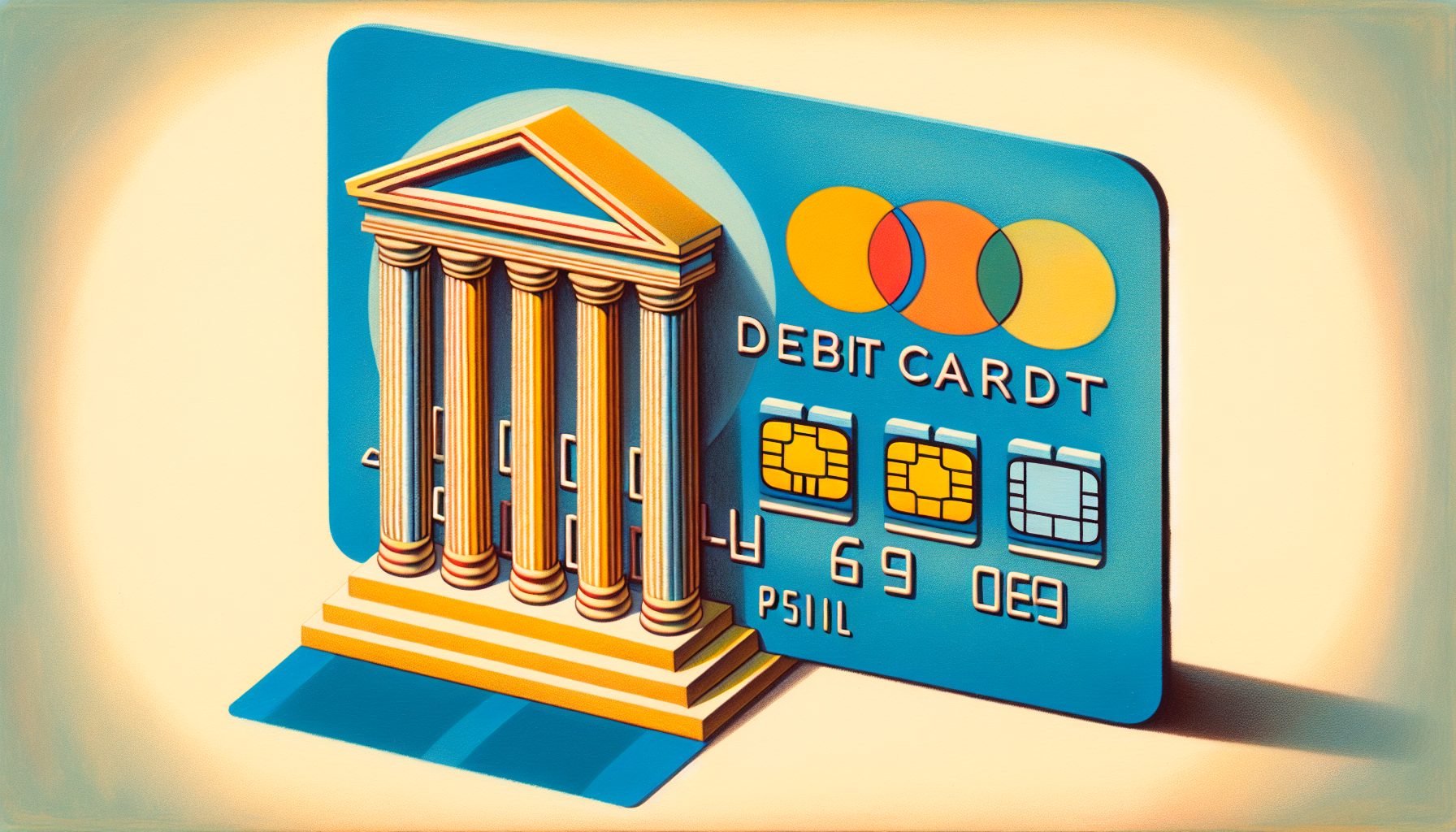In clinical trials, accurate data is essential. It forms the backbone of every decision made, from determining a drug’s safety to evaluating its efficacy. However, with numerous studies happening worldwide, standardizing the way data is collected and organized becomes crucial. This is where SDTM (Study Data Tabulation Model) data standards come into play.
What is SDTM?
SDTM is a set of guidelines developed by the Clinical Data Interchange Standards Consortium (CDISC). It provides a uniform way to organize and present clinical trial data, making it easier to share, review, and analyze. Think of it as a universal language for clinical data, ensuring everyone involved speaks the same dialect.
Why SDTM Matters
Imagine trying to piece together a puzzle with missing or mismatched pieces. That’s what clinical trials would be like without SDTM. Let’s explore why understanding SDTM standards is so vital:
Consistency Across Studies
Clinical trials often involve multiple sites and organizations. Without SDTM, each group might present data differently, leading to confusion and potential errors. With standardized formats, everyone follows the same rules, making it easier to combine and compare data from various sources.
Efficient Data Submissions
Regulatory agencies like the FDA require clinical trial data to be submitted in a specific standard format. SDTM compliance ensures that data is presented in a way that meets these requirements, streamlining the submission process and reducing delays.
Enhanced Data Quality
Imagine everything’s in neat folders – that’s what SDTM does for your data. This makes it way easier to spot any mistakes and fix them. You can be more confident in your results and avoid any costly errors down the line.
Benefits of SDTM
Implementing SDTM clinical data standards offers numerous advantages for clinical trials:
Easier Data Review and Analysis
Because everything’s organized the same way, data checkers and analysts can jump right in and make sense of it. This saves time, avoids any mix-ups, and leads to faster, more accurate analysis.
Improved Collaboration
SDTM facilitates seamless collaboration between different stakeholders, such as sponsors, contract research organizations (CROs), and regulatory review bodies. Everyone speaks the same ‘data language,’ enabling smoother communication and faster decision-making.
Increased Traceability
SDTM provides a clear audit trail, making it easier to trace data back to its source. This traceability is crucial for ensuring transparency and addressing any concerns or questions that may arise.
Cost and Time Savings
By streamlining data organization and submission processes, SDTM can help reduce the time and resources required for clinical trials. This translates into cost savings and potentially faster time-to-market for new therapies.
Implementing SDTM: A Step-by-Step Guide
Switching to SDTM might seem tricky at first, but with a good plan and an SDTM implementation guide, it can be a breeze. This section will break it down step by step to get you started!
Understand the CDISC Data Standards
First things first – get to know the SDTM rules. The CDISC website has a ton of info, like how-to guides and examples. Understanding these rules is key to using them smoothly.
Assess Your Current Processes
Evaluate your existing data collection, organization, and submission processes. Identify areas that need to be adjusted to align with CDISC SDTM standards. This step will help you plan the necessary changes and allocate resources accordingly.
Develop a Conversion Plan
Based on your assessment, create a detailed plan for converting your data to SDTM format. This plan should include timelines, responsibilities, and any necessary tools or resources required for the conversion process.
Train Your Team
Ensure that everyone involved in the clinical trial data process, from data managers to analysts, is trained on CDISC SDTM standards. Provide clear guidelines, examples, and opportunities for hands-on practice to ensure a smooth transition.
Implement and Validate
Begin the conversion process by following your plan and the SDTM guidelines. As you progress, validate the converted data to ensure accuracy and compliance with the standards. This step may involve manual review, automated checks, or a combination of both.
Continuously Monitor and Improve
SDTM implementation is an ongoing process. Continuously monitor your data processes and seek opportunities for improvement. Collaborate with industry peers, attend relevant conferences, and stay up-to-date with any updates or changes to the SDTM standards.
Embracing the Future of Clinical Data
Switching to SDTM data standards might take some upfront work, but the payoff is big in the long run. Following these guidelines makes clinical trials run smoother, with better teamwork and sharing of information. This means better data, faster decisions, and ultimately, getting safe and effective treatments to people quicker.
Final Thoughts
As the clinical research landscape continues to evolve, SDTM will remain a cornerstone for accurate and harmonized data exchange. Organizations that prioritize SDTM implementation will not only stay ahead of the curve but also contribute to the broader goal of advancing medical knowledge and improving patient outcomes.










